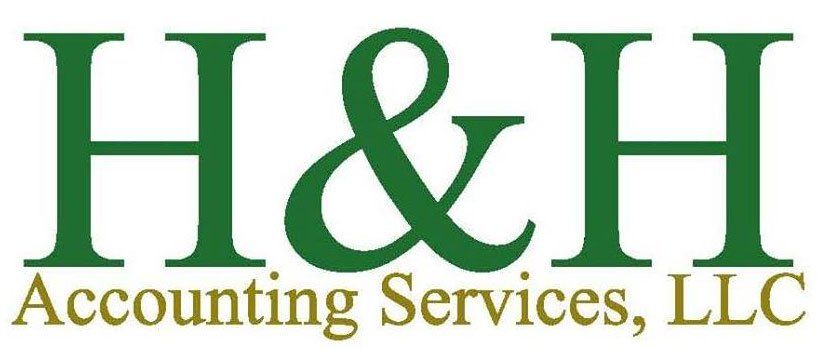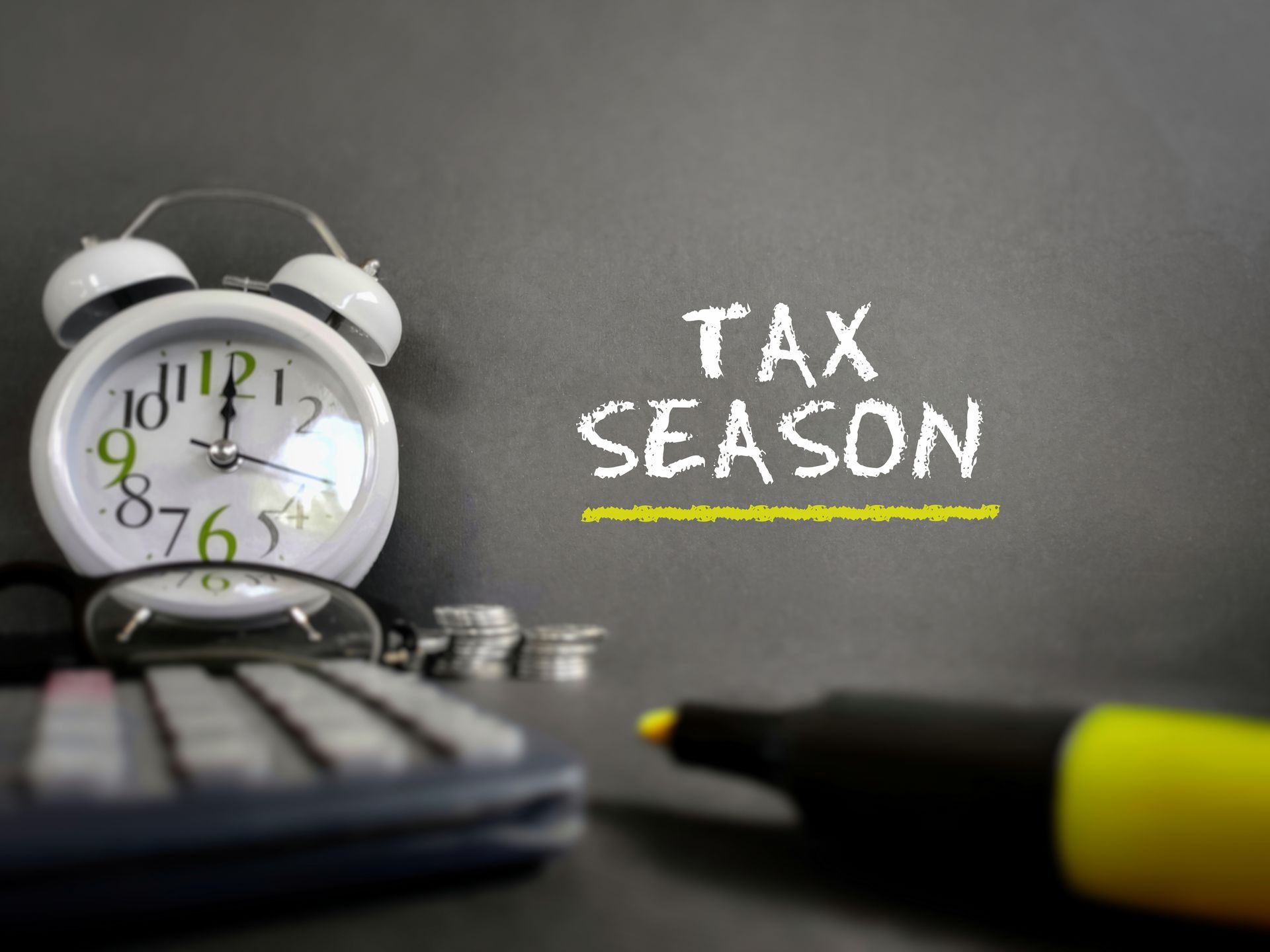How to Prepare for a Mid-Year Financial Review (And Why It Matters)

The midpoint of the year is more than just a seasonal marker; it’s a powerful checkpoint for business owners. Whether you're running a small business, managing a startup or overseeing a growing enterprise, conducting a mid-year financial review can help you avoid surprises, correct course and maximize your year-end profitability.
Too often, entrepreneurs wait until the fourth quarter or worse, tax season, to assess where they stand. By then, it may be too late to make meaningful changes. A mid-year financial review gives you the insight and flexibility to make smart decisions while there’s still time to act.
Why a Mid-Year Financial Review Matters
The first half of the year provides a wealth of data. Sales trends, operating costs, payroll patterns and tax payments can all reveal how well your business is performing or where it may be falling short.
Waiting until the end of the year often means rushing through analysis while juggling holiday sales or closing the books. A mid-year review, on the other hand, gives you space to think strategically. It allows you to:
● Identify inefficiencies in your spending
● Evaluate profit margins
● Adjust tax withholdings or estimated payments
● Update financial goals based on real performance
● Prepare for any upcoming investments or expenses
Making small changes now can make a big difference by December. It can also help reduce the stress and pressure of year-end financial reviews.
Step 1: Review Your Profit and Loss Statement
Your P&L statement is one of the best tools for seeing how your business is performing. It gives you a snapshot of income, cost of goods sold and expenses. Look at both the top-line revenue and the net income. Are you ahead or behind where you thought you'd be by now?
Look for trends in each expense category. Are marketing costs creeping up? Are utility bills higher than expected? Use this data to determine where you can cut unnecessary costs or reinvest in high-performing areas.
Also, compare your current numbers to the same period last year. This helps identify growth, stagnation, or decline and can prompt important conversations about where to focus next.
Step 2: Reassess Tax Withholdings and Estimated Payments
Many business owners make the mistake of sticking with their January tax estimates all year. But if your income has grown or shrunk since your estimate, it’s time to revisit your tax strategy.
Review your year-to-date income and deductions with your accountant. They can help you determine if your estimated payments are still accurate or if adjustments are needed. Paying too little could leave you with penalties, while overpaying ties up cash you could be using to grow your business.
Now is also the time to check your payroll tax filings, 1099 documentation and other compliance-related items to ensure everything is on track.
Step 3: Update Your Year-End Projections
Once you’ve reviewed your performance and tax positioning, it’s time to look forward. Forecasting the next six months helps you plan for growth and avoid surprises. Base your projections on realistic sales goals, planned expenses, and any upcoming changes like hiring or major purchases.
Ask yourself: if I continue at the current pace, what will my financial picture look like at the end of the year? Then run alternate scenarios to see how adjustments in pricing, client retention, or expenses could impact your bottom line.
This step helps you determine if you’re likely to meet your financial goals, or if you need to course correct.
Step 4: Evaluate Cash Flow and Emergency Reserves
Profitability doesn't always mean positive cash flow throughout the year. A mid-year review should include a detailed look at how money is moving through your business. Are you experiencing long gaps between receivables and expenses? Are late payments from clients affecting your ability to pay vendors or employees?
Make sure you have enough cash reserves to get through slower months or emergency expenses. If you don’t, now is the time to build that cushion.
Step 5: Talk to Your Accountant or Financial Advisor
A mid-year review is not something you need to handle alone. An experienced accountant can help interpret your financials, offer proactive advice and ensure you're making tax-smart decisions. They can also flag issues you may not have considered, like changes in tax law or industry-specific deductions.
By involving your financial advisor now, you gain clarity and confidence for the rest of the year and set yourself up for a smoother tax season.
Get Expert Help With Our Business Accounting, Consulting and Tax Preparation Services in Phoenix, AZ
At H&H Accounting Services, we help business owners in Scottsdale and the greater Phoenix area make smarter financial decisions all year long, not just at tax time. Our team provides clear, practical insights to help you assess your mid-year performance, adjust your tax strategy and position your business for a strong finish to the year.
Whether you need help analyzing your profit and loss statement, making adjustments to estimated taxes, or planning your next big move, we’re here to guide you every step of the way. Contact us here to schedule your consultation or give us a call at (480) 561-5805.



